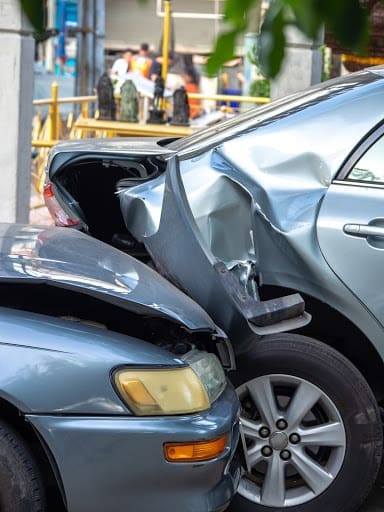
Common symptoms from a car accident
NECK PAIN
The primary source of neck pain following a whiplash accident is the spinal joints of the neck. During a crash, the spinal joints undergo a shearing motion that damage the neck joints and capsules that hold them together. Approximately 60% of car accident victims will develop spinal joint injuries. Neck stiffness from muscles that have been overstretched and torn also cause pain and a protective mechanism of muscle spasms and tightness is common.
HEADACHES
Most injured victims will develop headaches after an automobile collision. It is typically a result of trauma to the muscles of the neck and shoulders. Frequently, headaches are caused by injury to the upper neck spinal joints as well. Some whiplash headaches are also caused by an entrapment or pressure exerted on delicate nerves in the upper neck or at the base of the skull.
SHOULDER PAIN
Most often then not, the shoulder hurts because of muscle spasms, inflammation and possible a strained/torn rotator cuff. Some neck joints refer pain to the shoulder area when they are swollen and inflammed. Typical symtoms include stiff, achy muscles with pain that increased at night, interrupting your sleep. Range of motion and flexibility is decreased quite often.
INTERSCAPULAR PAIN – PAIN BETWEEN THE SHOULDER BLADES
Most will also feel pain between the shoulder blades after a car accident. This is the result of direct injury to the spinal muscles and/or referred pain from the spinal joints of the neck.
MUSCLE SPASMS
There are dozens of muscles in the neck alone. With any rapid and violent motion such as in a whiplash accident, the muscles become over-stretched and susceptible to tearing. This is called a “muscular strain”. This in turn causes the muscle to contract, shorten and become weak. Muscle knots develop and tender trigger points are felt.
LOW BACK PAIN
The reason for lower back pain after a collision is multi-factorial. Car seats offer little protection from a side impact collision and injuries to the discs, ligaments and muscles are common. In other types of collisions, the position of the occupant in the vehicle, type of restraint system, inclination of the seat back, stiffness and properties of the seat back patting and if the occupant braced himself prior to impact are some of the reasons for developing lower back pain after a car accident.
EXTREMITY PAIN AND WEAKNESS
There are many muscle the upper back, shoulders and neck that can be injured in a motor vehicle collision. As these muscles are overstretched and torn, they react by going into spasm thereby causing pain. Because they are injured, they no longer function normally and cause weakness. Pain is sometimes felt locally, whether muscle is injured, but many times pain can be referred down an arm.
NUMBNESS AND TINGLING
Many patients report experiencing numbness and tingling down an arm following a car accident. There are several reasons for this, but the most common is typically caused by nerves being pinched at the base of the neck. In some situations, numbness and tingling can be caused by muscles in the front of your neck choking on delicate nerve tissue because they are in spasm, causing them to rub on these nerves.

